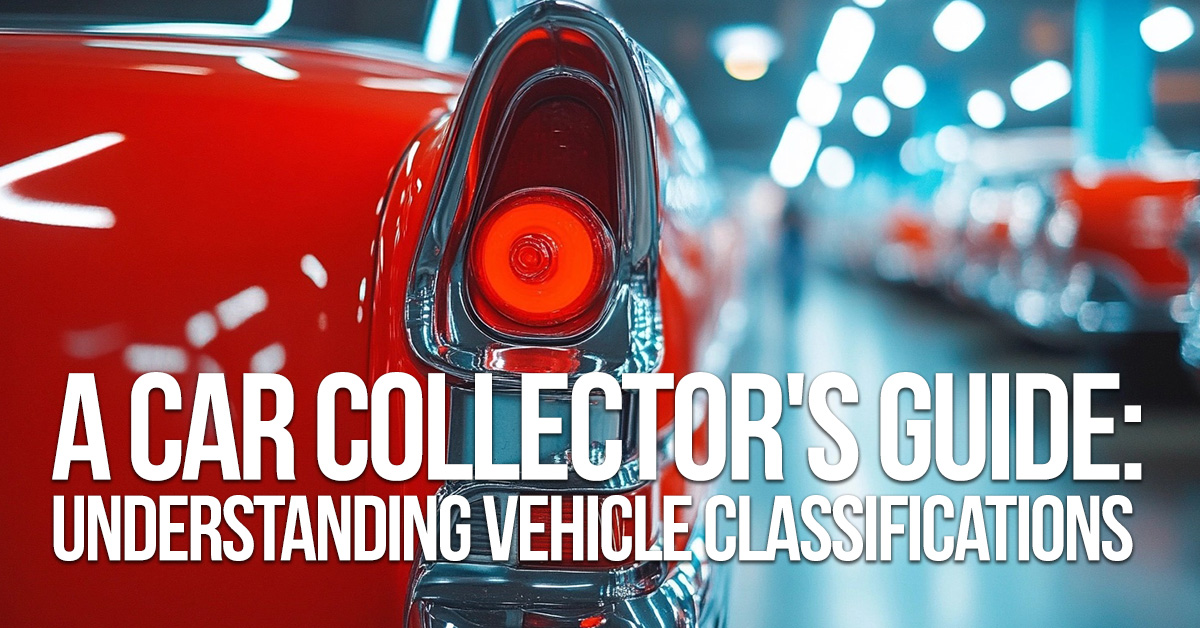
Insurance companies will label you as “high risk” if they determine you are more likely to file a claim than another driver. How do they decide what your risk level is?
- Your location. If there’s a lot of accidents, crime, and bad weather in your part of town, your “risk” level will go up.
- DUI/DWI. You are definitely a high-risk driver in this case. The DUI will stay on your record for ten years, making you ineligible for a safe-driving discount, which puts you at a higher premium for a decade.
- Your vehicle. If you have a mini van designed for driving children around, your insurance will likely be cheaper than if you’ve got a sports car.
- New to driving. It’s hard to learn without experience. The longer you’ve been driving, the better you are at it, the less risk you have while driving. The younger, the riskier. Three years or more of driving experience makes your eligible for a lower rate.
- Depending on your state, your credit plays a role in the price of your car insurance. Carriers rate based on your responsibility to make payments on time.
- Your driving record. Obviously, if you have any claims or tickets on your record, they’ll charge you more to insure your car. This is to make sure both you and the company are covered if you do have a claim.
- Your mileage. If your work is not too far from home, you’ll be paying less in both insurance and gas.
Depending on how risky things look on your record, the insurance companies can even deny coverage. These are some of the many factors that are considered when carriers rate your premium.
 By: KayLynn
By: KayLynn









